in Thoreau’s Journal:
The different characters of the trees appear at this season when their leaves so to speak are ripe than at any other—than in the winter for instance when they are little remarkable—& almost uniformly grey or brown or in the spring & summer when they are undistinguishably green. Now a red maple—an ash—a white birch—a populous grandidentata &c is distinguished almost as far as they are visible.

It is with leaves as with fruits & woods—& animals & men —when they are mature their different characters appear.


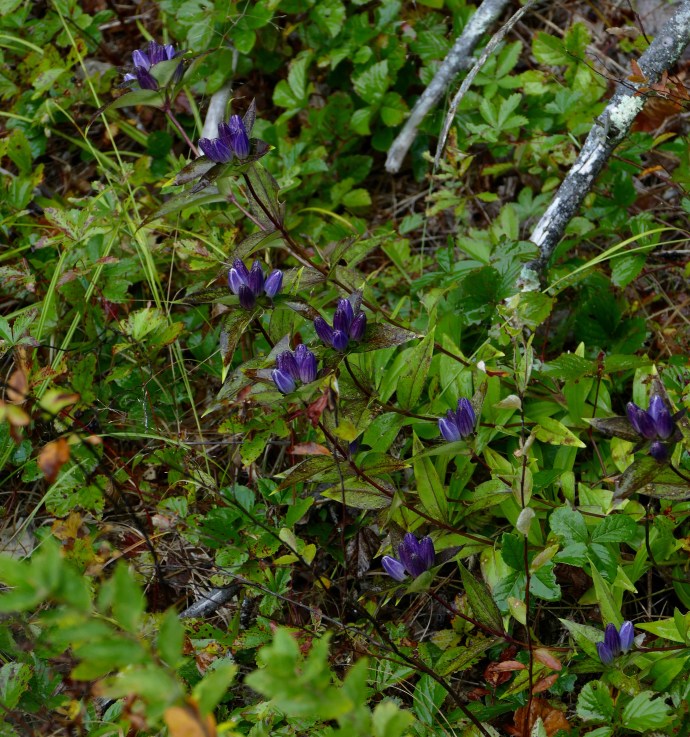
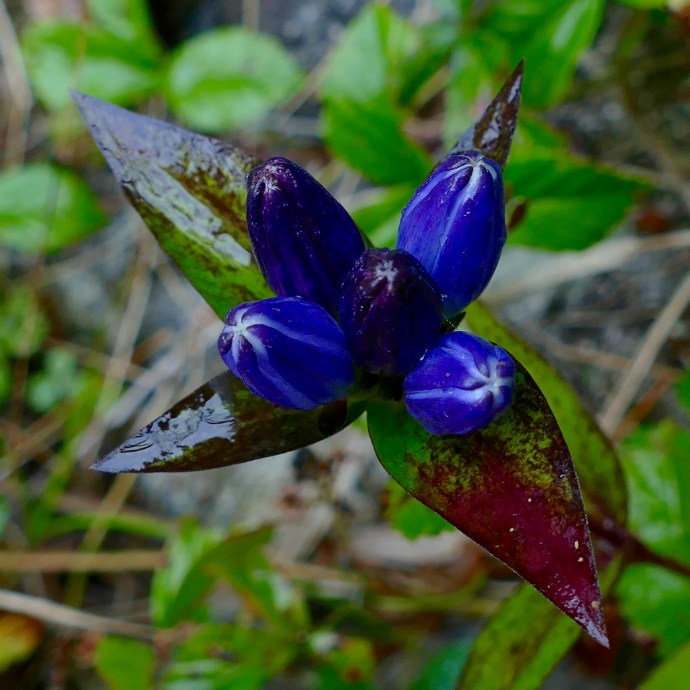
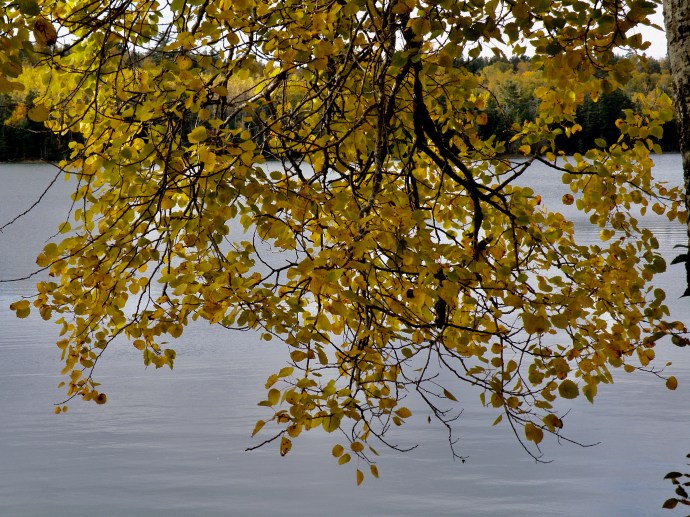
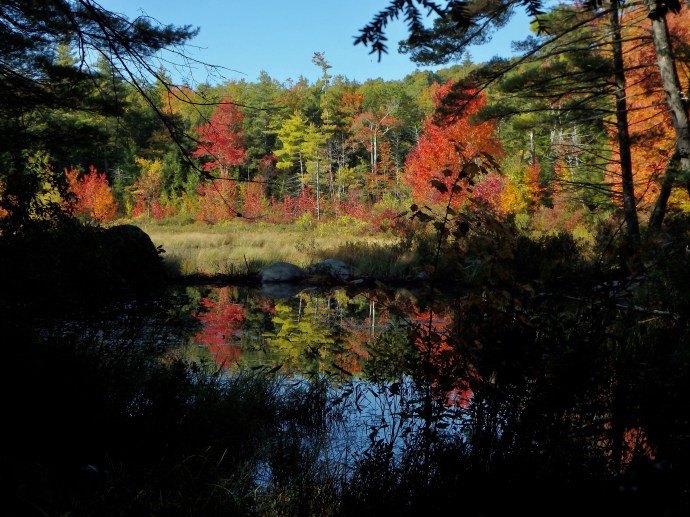



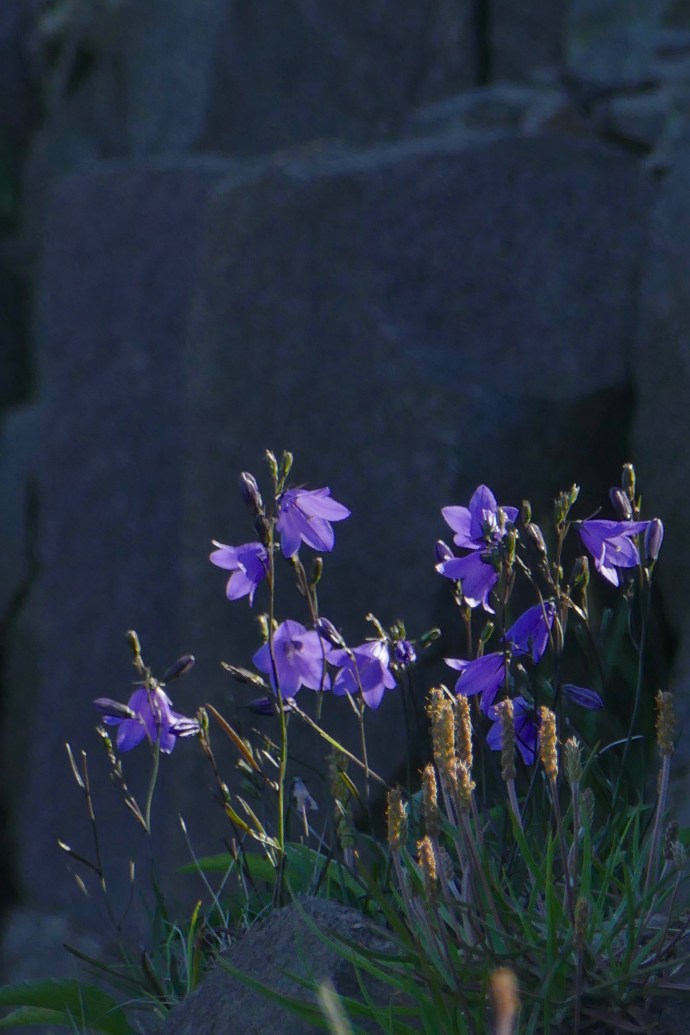


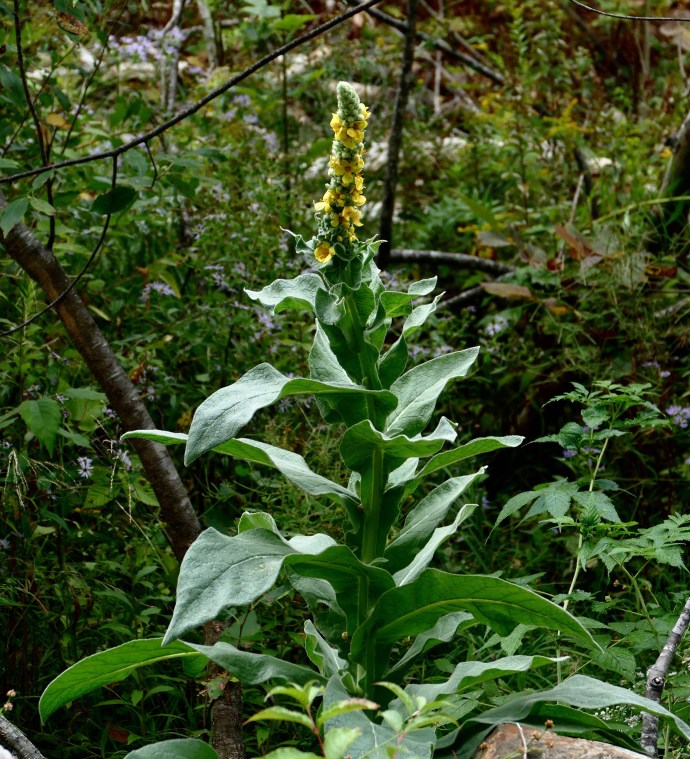

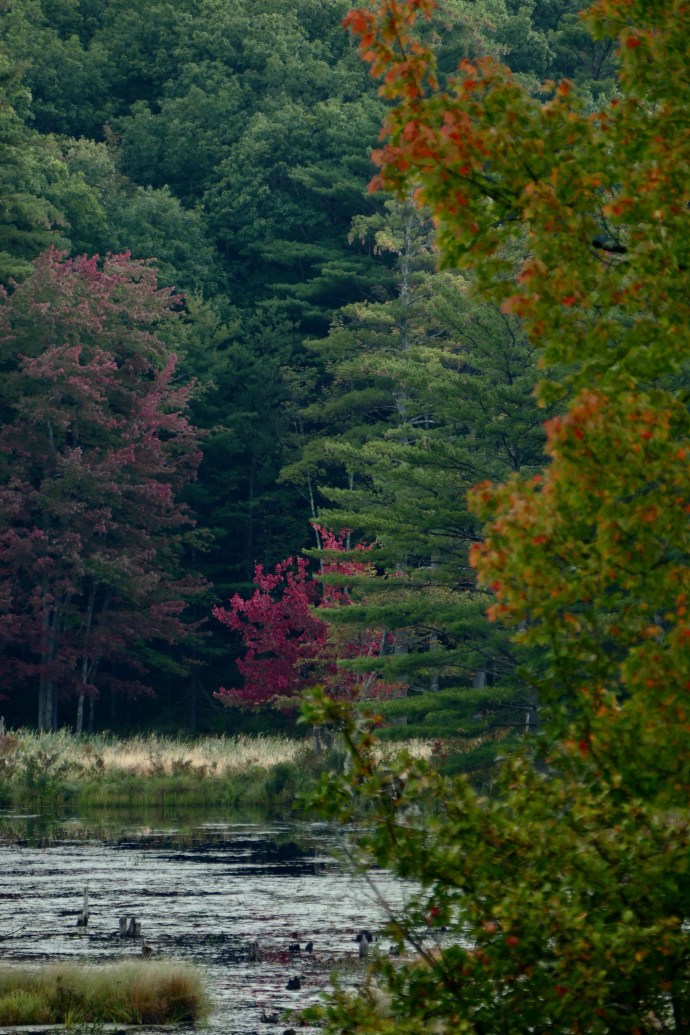











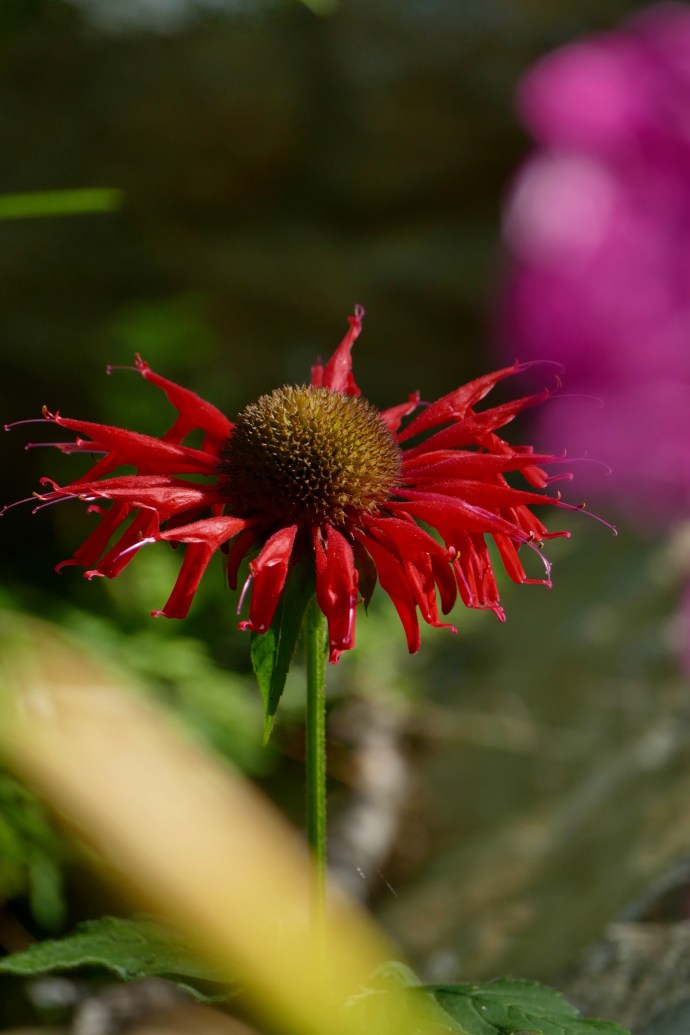
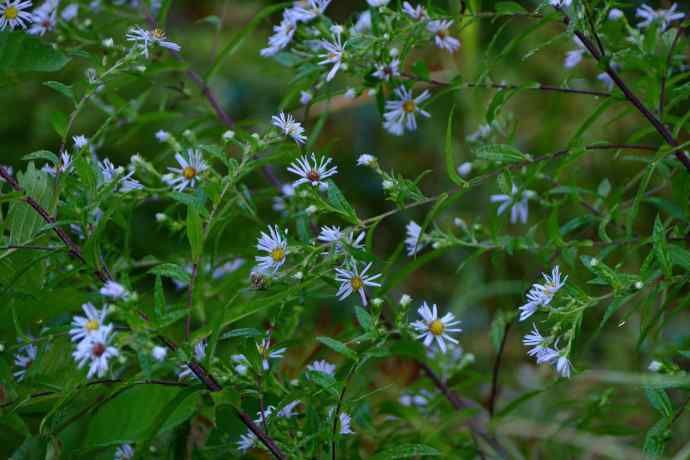
You must be logged in to post a comment.